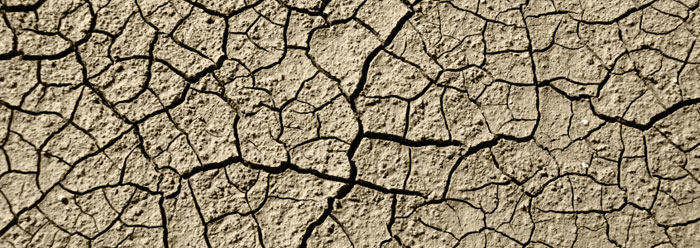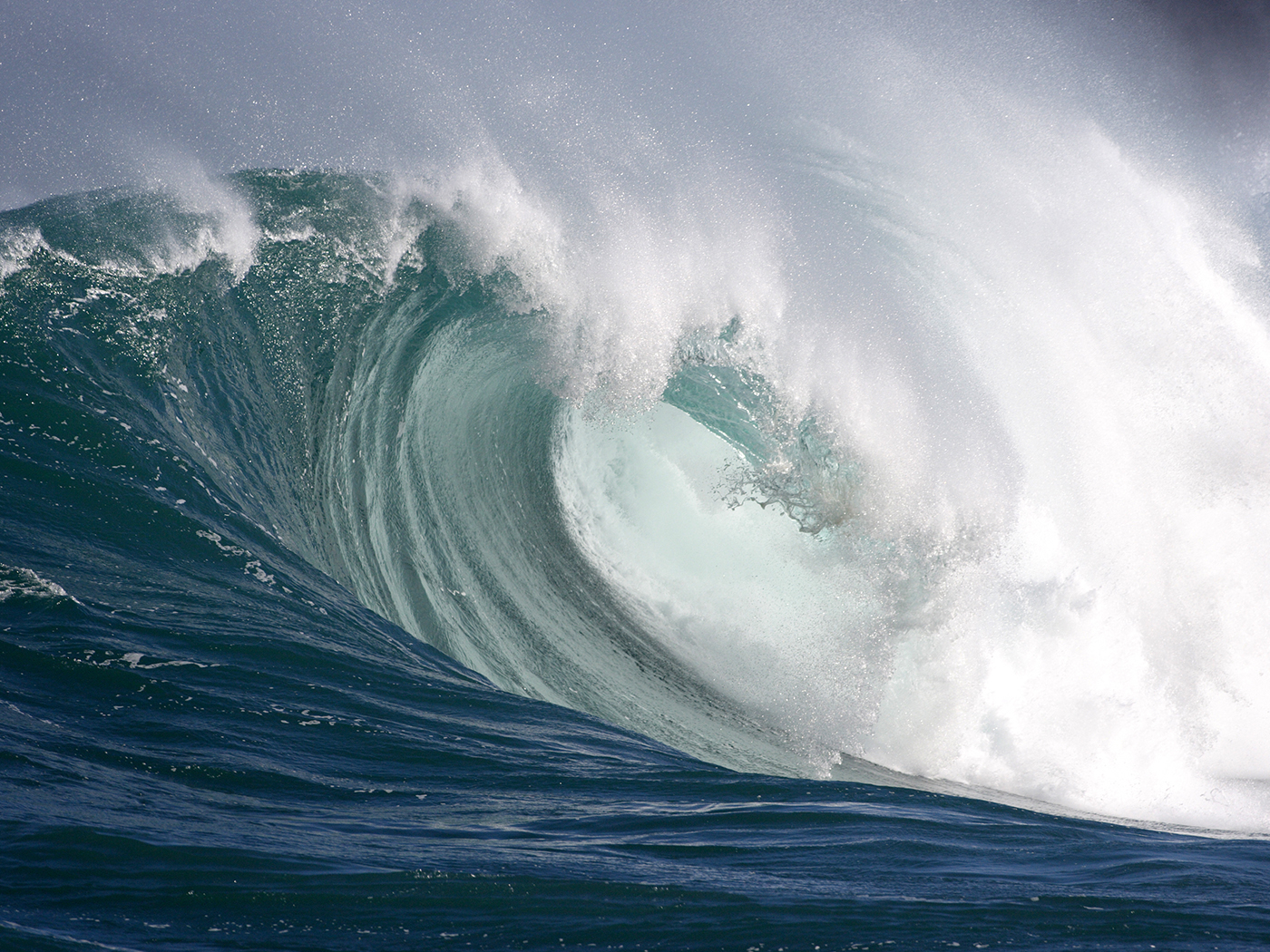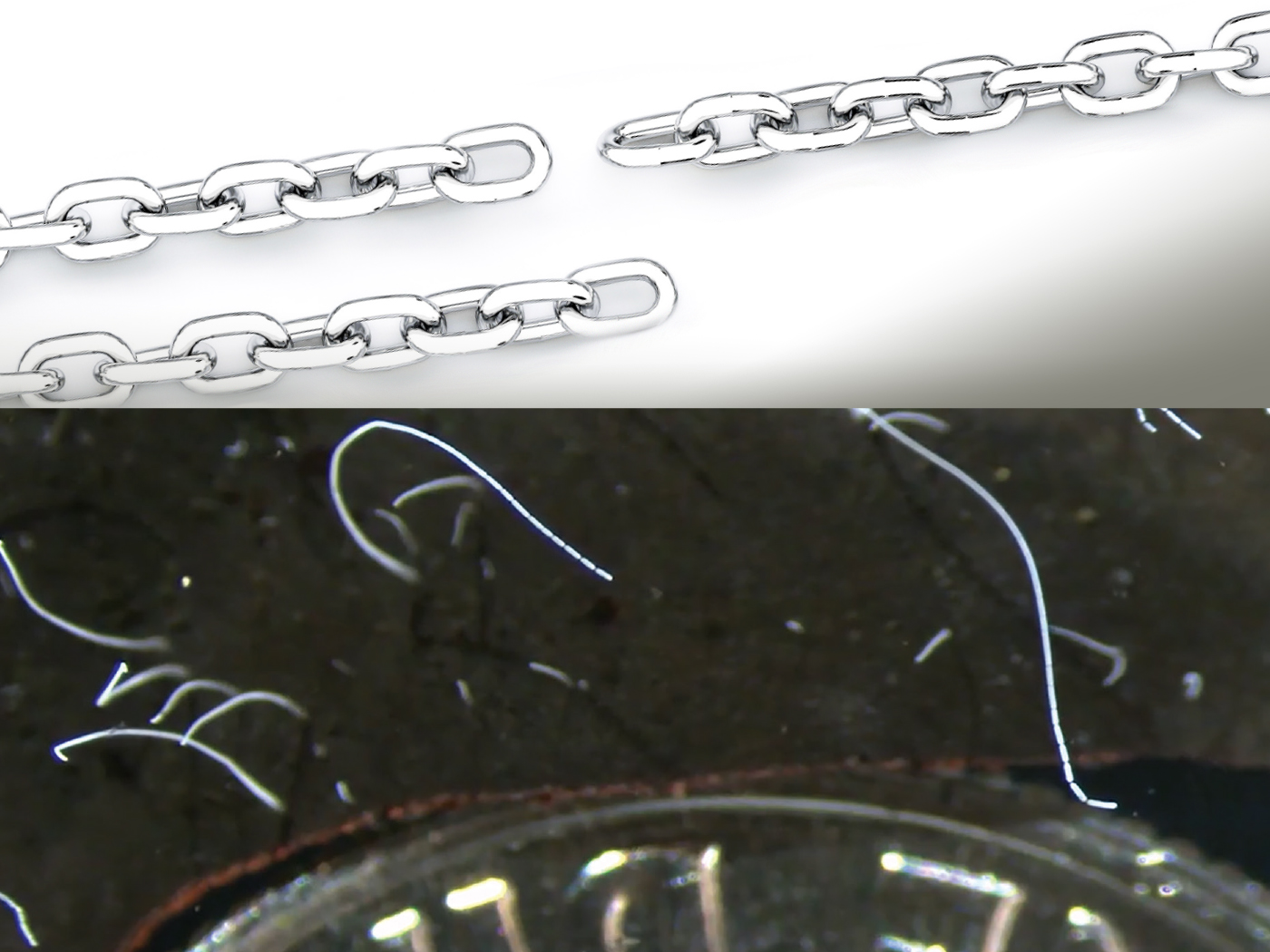Some people have an intellectual problem with the Flood because of mud cracks. We have all seen cracks that form in a dried (or "desiccated") mud puddle. But did you know mud cracks are also found in sedimentary rocks that are interpreted as Flood strata? Were there "droughts" during the Flood?
Mud is the familiar wet and sloppy stuff that children love to play in. Geologists give it a more formal definition: a mixture of water, silt, and clay that may be either semi-fluid or soft and plastic. The conversion of mud to mudstone involves, primarily, a loss of water. Loss of water, in turn, results in shrinkage cracks. Water expulsion from mud is actually a matter of intense interest to oil explorationists, whose job is to try to track the history of fluid movements in the subsurface (including both water and hydrocarbons). There is much that is not understood about the process. "Shrinkage cracks" that form when muds give up their water can form in at least three kinds of settings:
1. Mud cracks that form under the open atmosphere ("sub-aerial"). These are the common cracks of dried mud puddles: they are called "desiccation cracks." Shrinkage takes place when water is driven into the atmosphere by evaporation. The resulting cracks often form a polygonal pattern (individual polygons may reach 300 meters across) and are typically v-shaped profile (can be 15 meters deep). In some cases, but certainly not all, mud curls (either upward or downward) can form between the cracks; these can be picked up and redeposited if the surface is flooded.
2. Mud cracks that form underwater (sub-aqueous). Syneresis is a term used by chemists to describe the separation of liquid from a gel (as in cheese making). Its importance as a process for dewatering muds has been known by geologists for over 70 years. "Syneresis cracks" are known to form in the muddy bottoms of some lakes, settling ponds, and even in lime muds beneath shallow marine waters in the Bahamas. Water loss is driven by osmosis, and so it is especially known to occur in saline lakes (immerse your hands long enough in a salty brine and you will get cracks of the same kind). Unless mud curls are present, these are extremely difficult to distinguish from desiccation cracks.
3. Mud cracks that form while buried (sub-stratal). This kind of crack is generated when a mud loses its water while in a buried state. Water can be pressed from the mud layer gradually by compaction from above, or released suddenly by earthquake shock. The resulting cracks tend to form a polygonal pattern (when exposed from above), they may be either lens-shaped or straight-sided in profile view, and they may penetrate upward, downward, or both. Syneresis can also play an important role in some sub-stratal cracks when one layer differs from another in the salinity of its inter-particulate water. Sub-stratal cracks have been positively identified in multiple levels in the Hermit Shale and Hakatai Shale in Grand Canyon.
Mud cracks can certainly form in a variety of environments and distinguishing them in the field is rarely easy. It is a gross error to assume by default that mudcracks in ancient strata formed by desiccation when we know they can form both sub-stratally and sub-aqueously. Mud cracks provide no evidence of "droughts" during the Flood.
* William A. Hoesch, M.S. geology, is Research Assistant in Geology.




















